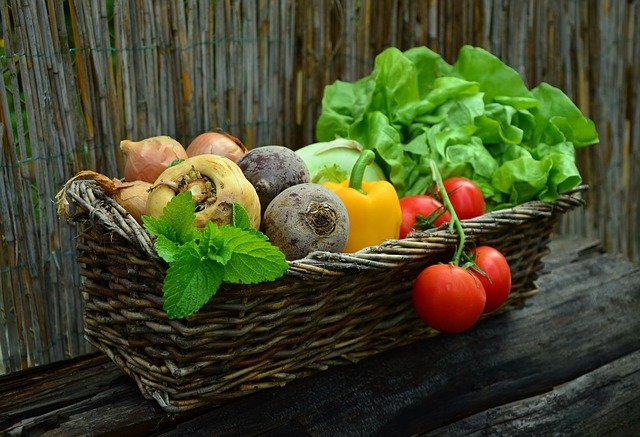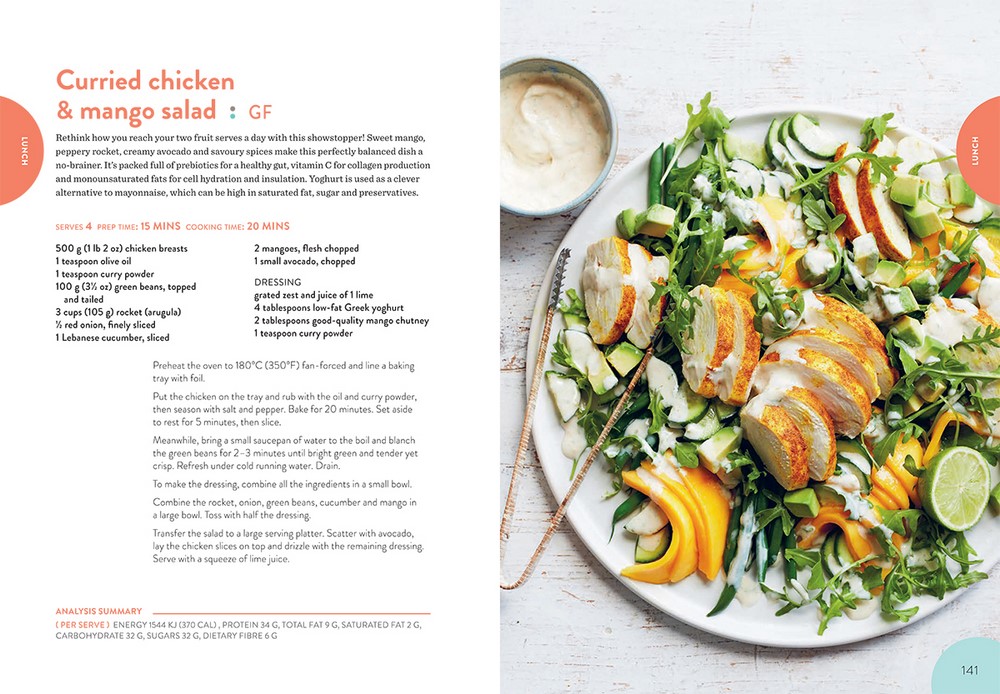
Students will learn the five basic food groups through an activity poster and a MyPlate graphic. The poster highlights the proportion of each group in a healthy diet. Half of the plate consists of fruits or vegetables. After reading a description of each group on the sheet, students divide the plate into the five different food groups. One example is the Dairy Group. This includes milk products. This group supplies calcium-rich foods to the body that keep bones strong.
Several studies show that people should eat more fruits and vegetables than they do today. The National Institute of Diabetes estimated that 30.3 million Americans were diabetics in 2010. Many of these were type two, and another 1.5 million people were diagnosed each year. Although diabetes is the leading cause of death in America, heart disease continues to be the most fatal. According to the CDC, more than a third of all deaths in the country are caused by cardiovascular disease, so increasing the amount of vegetables and fruits in our diet is an important step towards maintaining a healthy lifestyle.
MyPlate has additional guidelines. Vegetables can also be eaten in their raw or juiced forms. They are rich in fiber and essential vitamins. Many vegetables are naturally low in fat, so they can be an excellent source of protein. Two and a quarter cups of fresh fruits, vegetables, and green leafy vegetables should be consumed by children every day. They should also eat a variety of foods rich in Vitamin A, which supports healthy skin and eyes.
MyPlate cannot solve the obesity problem. Its goal, however, is to promote healthy eating habits among Americans. Since June 2011, MyPlate has been America's most popular guide. The MyPlate graphic shows a place setting with five different food groups. The table contains an organized portion of fruits, vegetables, grains, and protein. MyPlate is a powerful tool for nutrition education.
MyPlate is an easy to use tool for average consumers. It is easy-to-understand and includes detailed information about the dietary recommendations of different food groups. The MyPlate website shows an individual's target values for the five food groups. Each person will have a MyPlate chart that is customized to him or her, and it includes his/her age, level of physical activity, and gender. There are no specific food group targets in the MyPlate program, but it is a guide for healthy eating.

The MyPlate does not specify which foods fit into each category. The USDA recommends that there be a wide range of foods within each category. The USDA doesn't specify the exact amount of each food in the food pyramid. Grilled salmon, for example, has higher levels of omega-3 fatty acids, but more saturated fat. This makes it an ideal snack for people who travel frequently. Using MyPlate can help you eat a healthy diet!
MyPlate encourages people eat a variety and even foods made from grains. Whole grains are best, because they have lots of B vitamins. This is vital for healthy skin, blood, and nervous system. Despite the plate diagram, most grain foods are low in fat and calories. But, they can be high in calories and sugar, so not everyone eats enough of these foods. It is important to remember that you should eat plenty of fruits and vegetables on a daily basis to stay healthy.
The MyPlate is based upon the food groups we eat. While the MyPlate focuses on fruits, vegetables, it also emphasizes the importance eating a variety to get the best nutrients. It is important to eat different types of fruits and vegetables every day. You should eat different colors of fruits and vegetables. This will allow your body to get the most vitamins and nutrients from both food groups. You should avoid eating a variety of fruits or vegetables.

The MyPlate food ladder has seven categories. It is divided into five main food categories: fruits, vegetables and protein foods. The MyPlate also includes a visual guide to help you make the best food choices. What are you waiting for? You should use the MyPlate to make the best decisions for your health. Include the following five food groups in your daily meals.
FAQ
Do I need to go to culinary school to be a chef?
No. Many chefs started their careers by learning on their own. Some even went to culinary schools to gain practical experience. Culinary school is preferred by most chefs because they have more opportunities to grow and learn. Culinary schools offer students hands-on training, which helps them build valuable skills and improve their cooking knowledge.
What are my options for learning about cooking?
All over the country, cooking classes are offered. Many schools offer courses in baking, pastry, and wine tasting. If you're interested in learning more about baking, you can either enroll at a community college or vocational school. Or you can attend a private class.
How much does it cost to go to culinary school?
The cost of a culinary school depends on where you are, how much you study, and what program or course you choose. Tuition costs range from $10,000 to $30,000. The average student graduates with $20,000 in debt. There are programs that offer work-study and scholarships.
Can I learn to cook alongside my kids?
Yes! Yes! Kids love helping in the kitchen. It's fun and teaches kids responsibility as well as teamwork. Children can help in everything, from washing vegetables and cutting onions. They will enjoy helping you to cook if your children are safe with knives.
Which career path is best for someone who wants a career as a chef or chef? How can I start my career as a chef?
As an apprentice, you can start your journey to becoming a chef. Apprenticeships give you the opportunity to work for many years without having to pay tuition fees. After you complete your apprenticeship, it is possible to apply for a job as a sous-chef. Sous chefs assist cooks with tasks such as making salads, and desserts. They oversee all aspects of the restaurant's operation.
What is the average time it takes to learn how to cook? What time do you need to learn how to cook?
It depends on what kind of skill level you are trying to achieve. Some people can master basic cooking techniques in a matter days. Some people take months to learn how to cook. Others may need to wait for years.
The time taken to learn to cook will depend on who you ask. One example is that someone who has never tried cooking before would likely take more time to learn than someone who cooks often. You may also need more experience with certain types of cooking than others. Baking, for instance, requires more skill than frying.
A specific technique will help you cook faster. After mastering one technique, you can move on to the next. Do not worry about how long it takes you to learn how to cook. Keep practicing and enjoying the process.
How Long Does It Take to Be a Chef? What Is the Average Career Path?
The average time it takes to become a chef is five years. During this time, you will study basic cooking techniques and gain experience working as a kitchen assistant. You can apply for line, sous or executive chef positions after you complete your training. The salary range for a chef is between $25,000 to $60,000 per annum.
Statistics
- On average, chefs earn $58,740 a year, according to the BLS. - learnhowtobecome.org
- You'll be amazed that over 90% of CIA students receive scholarships and grants to finish their culinary studies. (ischoolconnect.com)
- under 10 Kids have been taught that there is special food just for them, and Fiese says that 10 percent of kids will throw a tantrum if they don't get the food they want. (washingtonpost.com)
External Links
How To
How to cook steak
The thickness of the meat determines the best cooking method. Thicker steaks should be cooked over low heat. Thicker steaks will need to cook at higher temperatures.
They will lose their flavor if they are overcooked. You should always remove the steak from the skillet when it's done. This will prevent you from burning yourself.
The size and desired doneness of the steak will affect the cooking time. Here are some guidelines:
Medium Rare: Cook until medium-rare, which is when the internal temperature reaches at least 145degF (63degC). This can take anywhere from 3 to 5 minutes per side.
Medium: Cook to medium (or until the internal temperature reaches 160degF/71degC). This takes approximately 6 minutes per side.
Well Done: Cook until well done, which means the internal temps reach 180degF (82degC). This can take between 8-12 minutes per side.